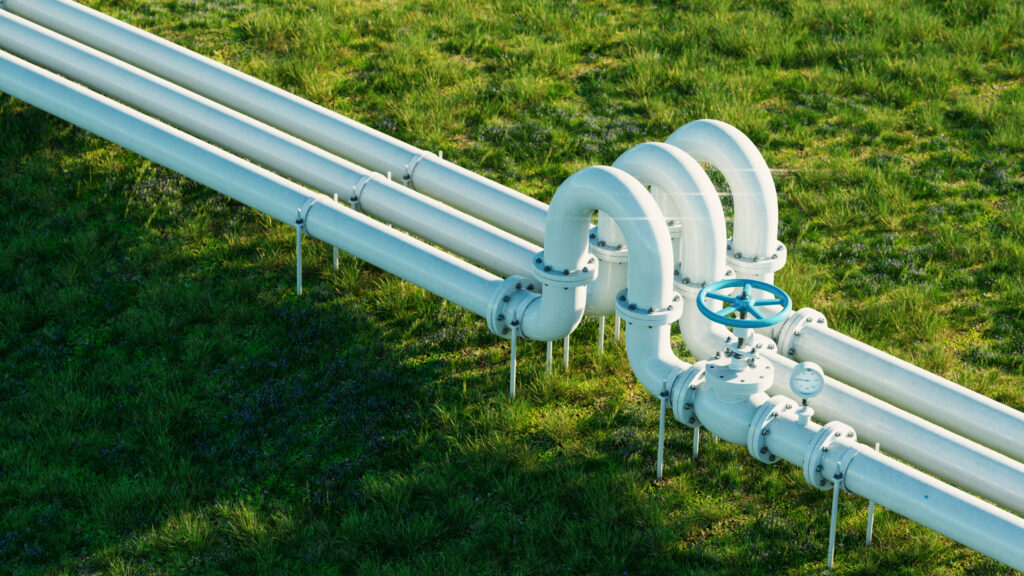Decarbonizing Through Carbon Capture

Natural gas producers are continuously innovating to produce natural gas more sustainably. One promising tool to help further decrease emissions is carbon capture. Innovative technology is allowing companies to either include carbon capture in their production or improve their current use of carbon capture in the natural gas sector. Several new applications of carbon capture technology have been added to production sites in locations such as Boulder, Colorado (ION Clean Energy, Inc.) and Cary, North Carolina (Susteon, Inc.), highlighting how carbon capture can be a reliable decarbonization solution.
The process of capturing carbon traditionally begins at large natural gas power generation points and large industrial facilities, helping to decarbonize existing infrastructure. If deployed widely, the carbon capture process could help contribute to significantly reducing greenhouse gas emissions across many industries and economic sectors.
CCS typically consists of three steps: capturing the carbon dioxide, transporting it, and finally storing it in rock formations deep underground. The carbon can be transported by ship, rail, or in a pipeline before being stored. The storage process involves permanently injecting it into rock formations deep underground.
CCUS adds a step of utilizing the captured carbon before putting it into storage. Like CCS, CCUS captures the carbon but then transports it by ship, rail, or truck to be used for various industrial applications before storing the balance of unused carbon. These applications can range from using the captured gas to spin the turbines required to capture carbon to being directly inserted into cement or used in other manufacturing processes, including the production of solar panels.
Both CCS and CCUS have the option to build capturing sites on preexisting infrastructure used to generate power. Carbon capture can take place at two separate times in the process pre-combustion, or post-combustion. Pre-combustion carbon capture involves removing the carbon from the fuel source before conventional combustion is completed. For natural gas, this might be accomplished with a process like the creation of turquoise hydrogen, where the carbon is removed from the fuel through pyrolysis and preserved for industrial applications. Post-combustion allows for the pulling of carbon out of flue gases from the combustion exhaust or a process stream. Distributors can then choose to store the carbon or utilize it in manufacturing, building materials, or for various commercial uses.
Several case studies are currently underway in the Pacific Northwest: NW Natural has two pilots underway, one for pre-combustion carbon capture and one for post-combustion carbon capture. The company believes the technology has advanced to where it may provide significant cost and efficiency benefits for decarbonization and that these projects could lead to large-scale projects throughout its service territory. We look forward to seeing how these pilots and this technology continues to progress.
CCUS could contribute significantly to natural gas decarbonization efforts, with the IEA estimating that CCUS could account for nearly 15 percent of the cumulative reduction in emissions from the energy sector by 2070. AGA also acknowledges the important role that carbon capture is expected to play in emissions reductions. For more on how carbon capture is a viable option for sustainable natural gas distribution, see AGA’s study Net Zero Emissions Opportunities for Gas Utilities.